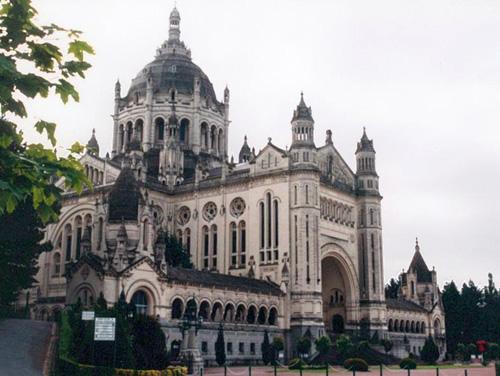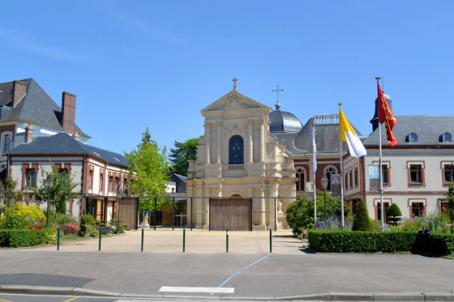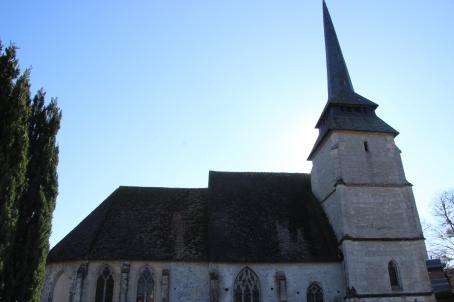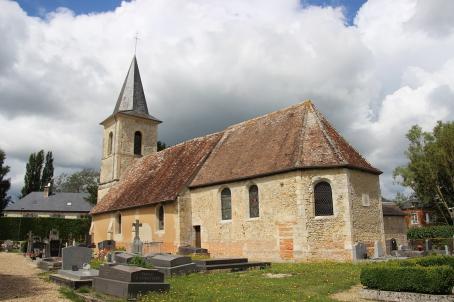Sainte-Thérèse de l'Enfant Jésus Basilica, Lisieux
Church of the Xxth, whose construction began in 1929, but slowed down with the Second World War. It is spared by the bombings.
About this building
Built on the model of the Sacré-Cœur de Paris. With a Latin cross plan, it has an apsidial chevet. Two wings flank the western facade and end in buildings with domes. A dome surmounts the transept crossing.






